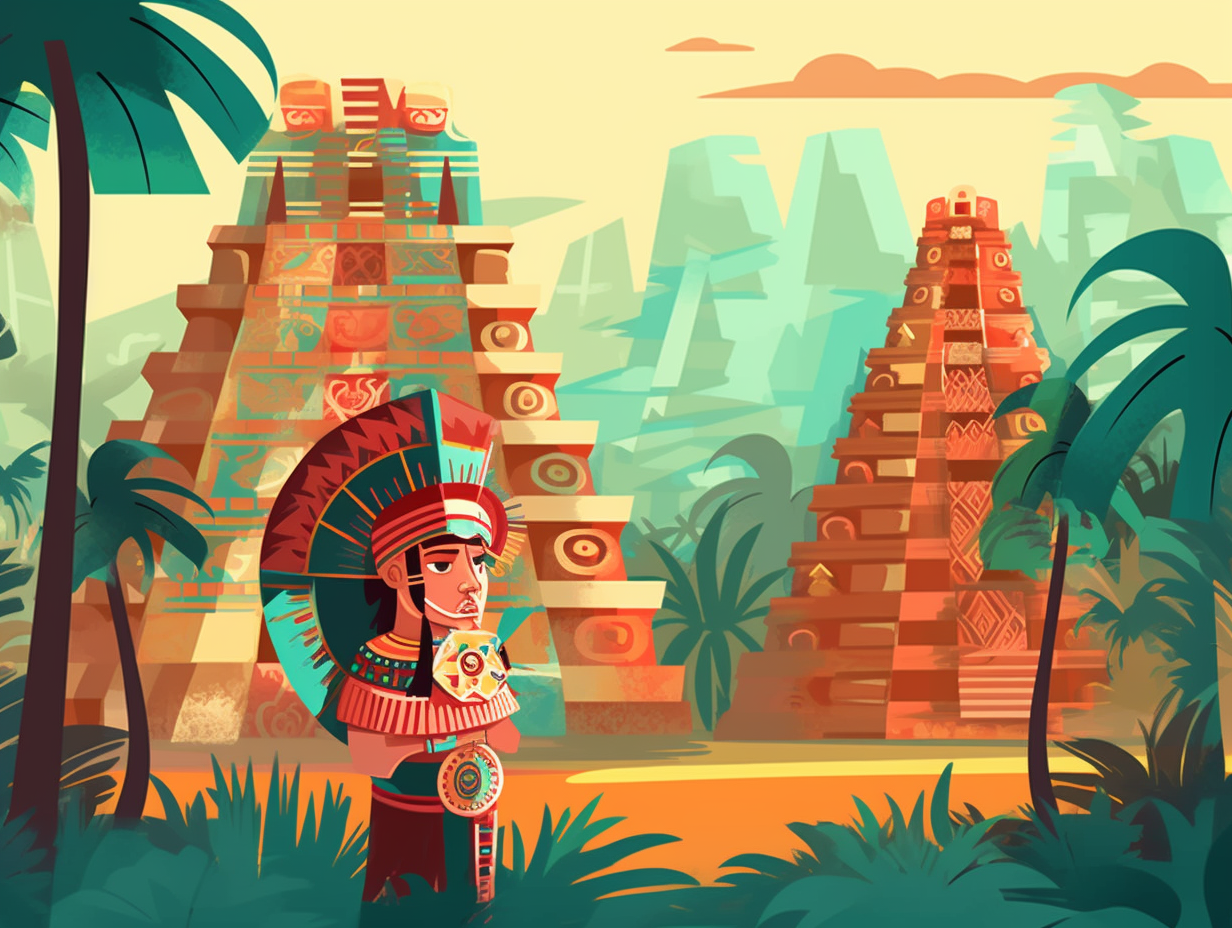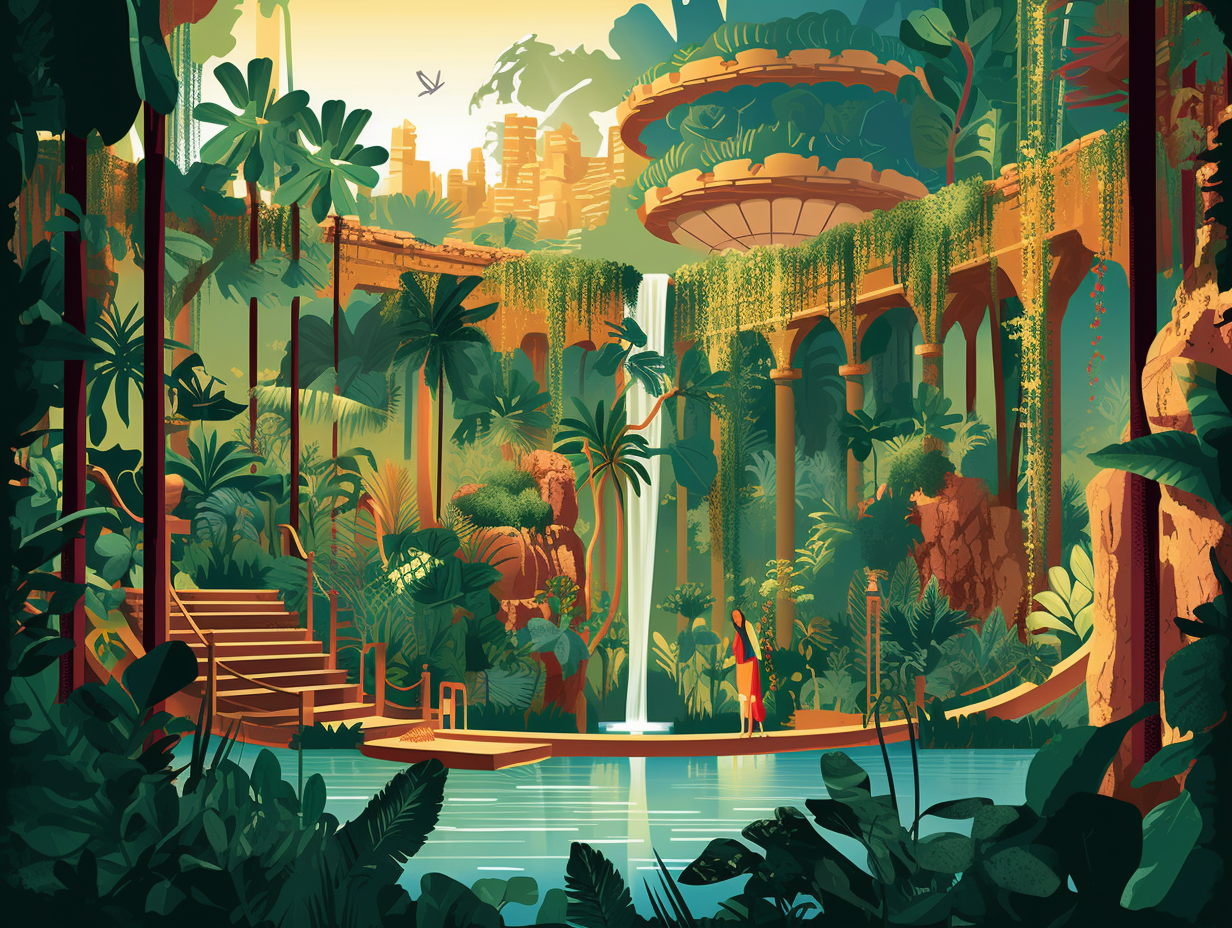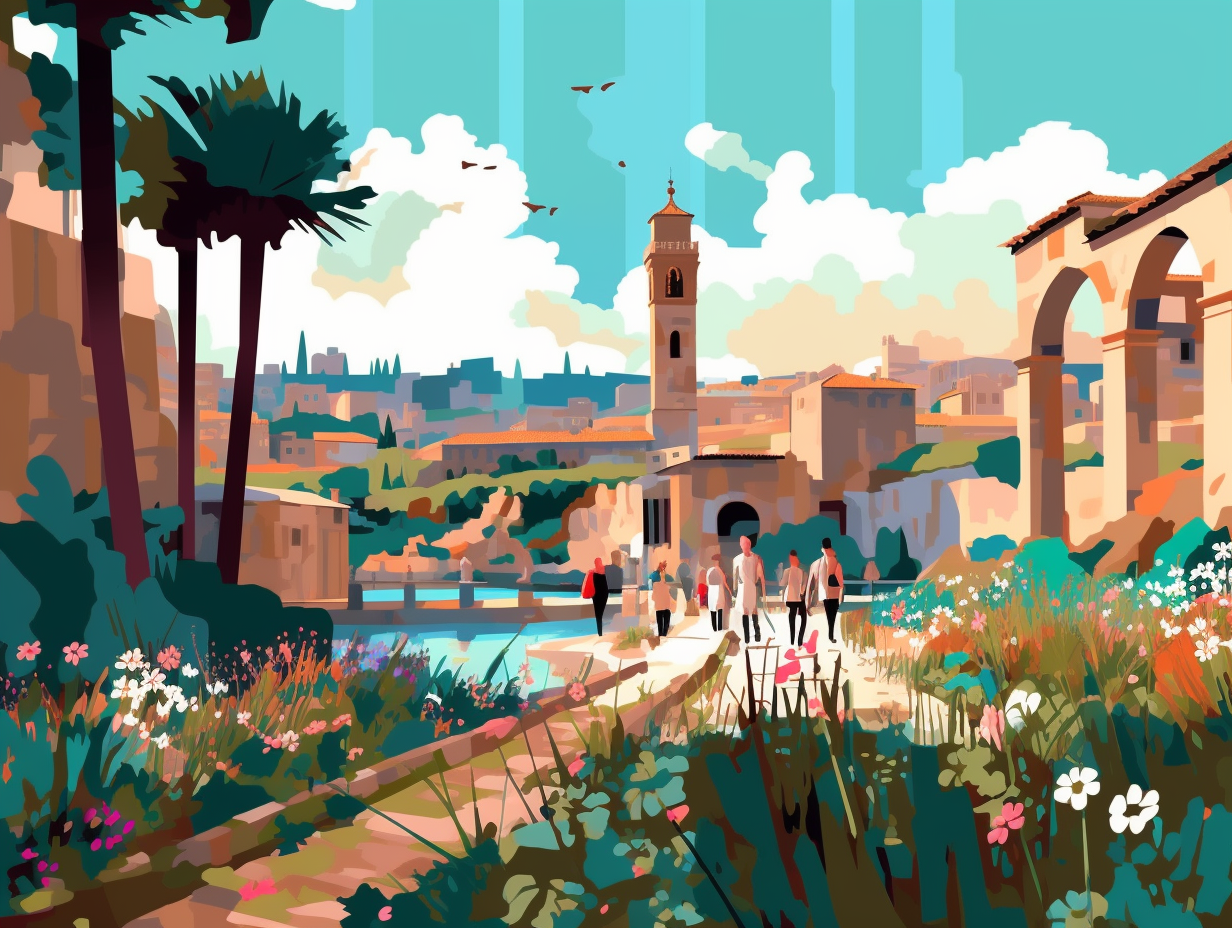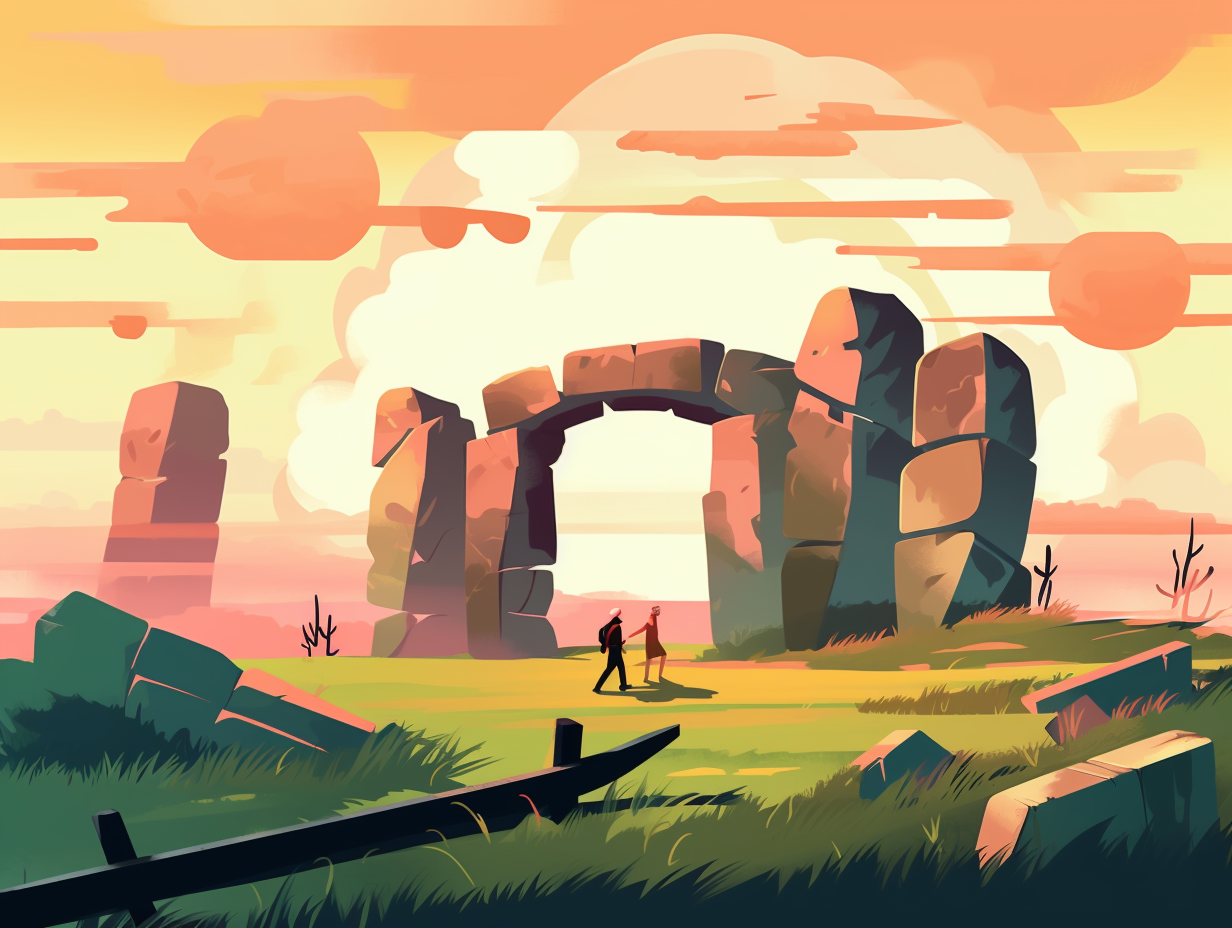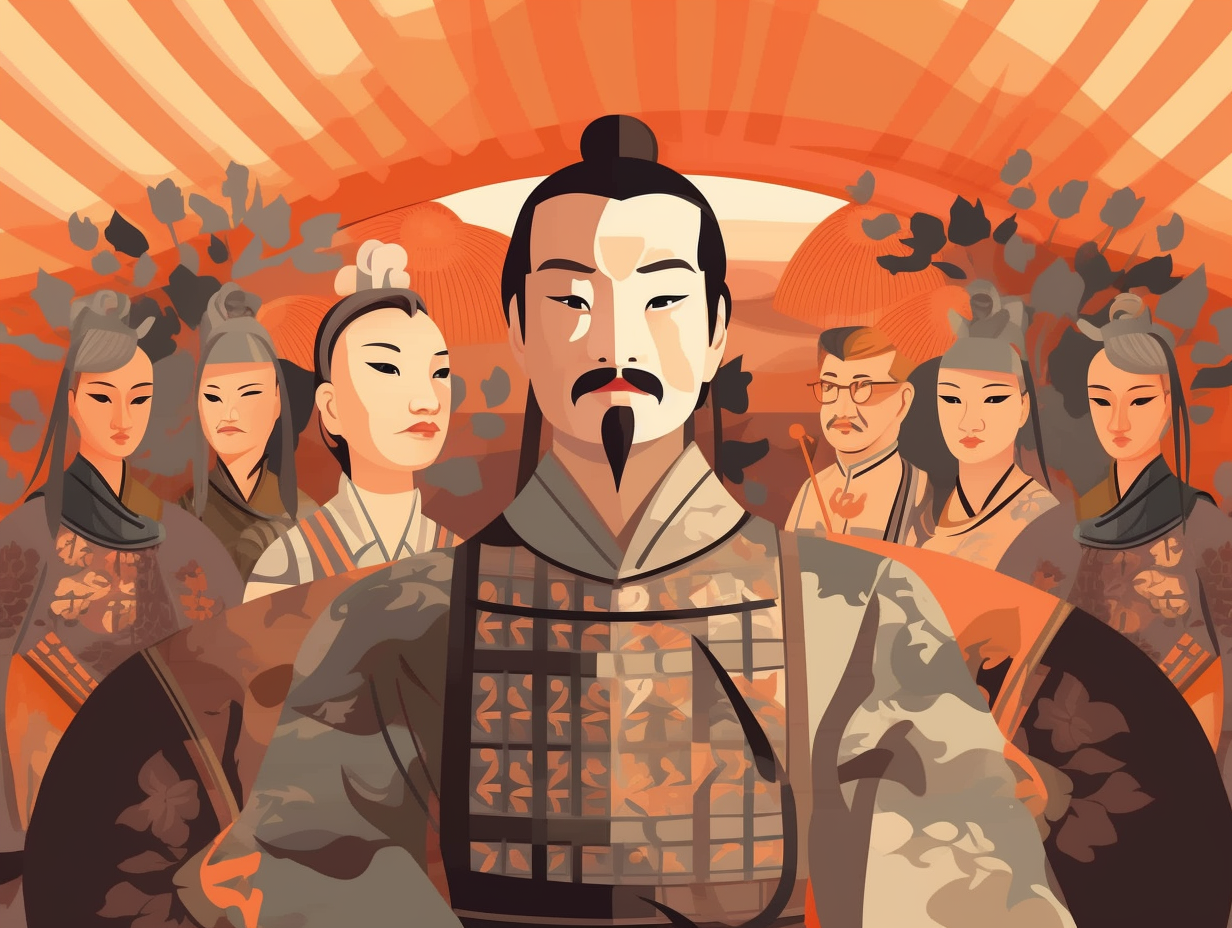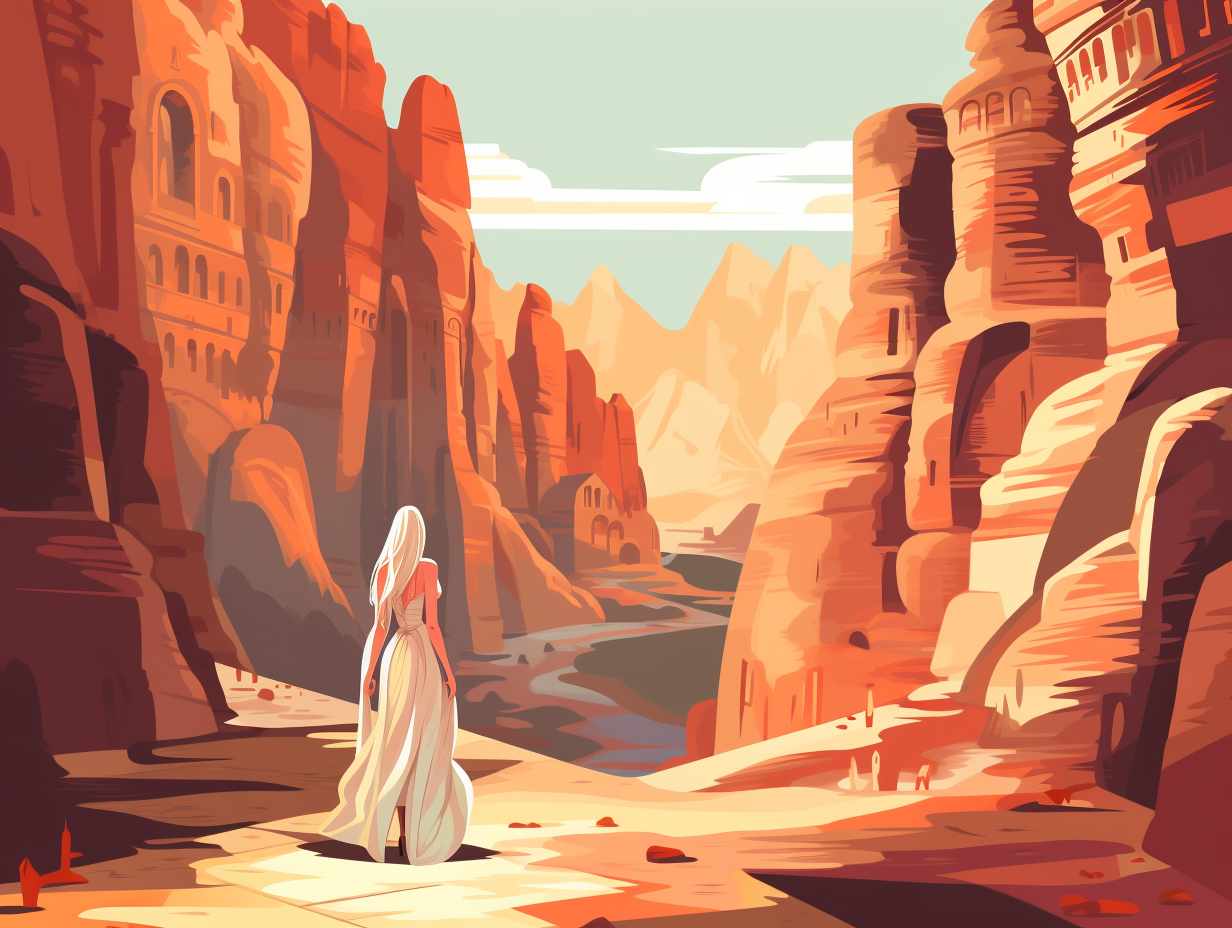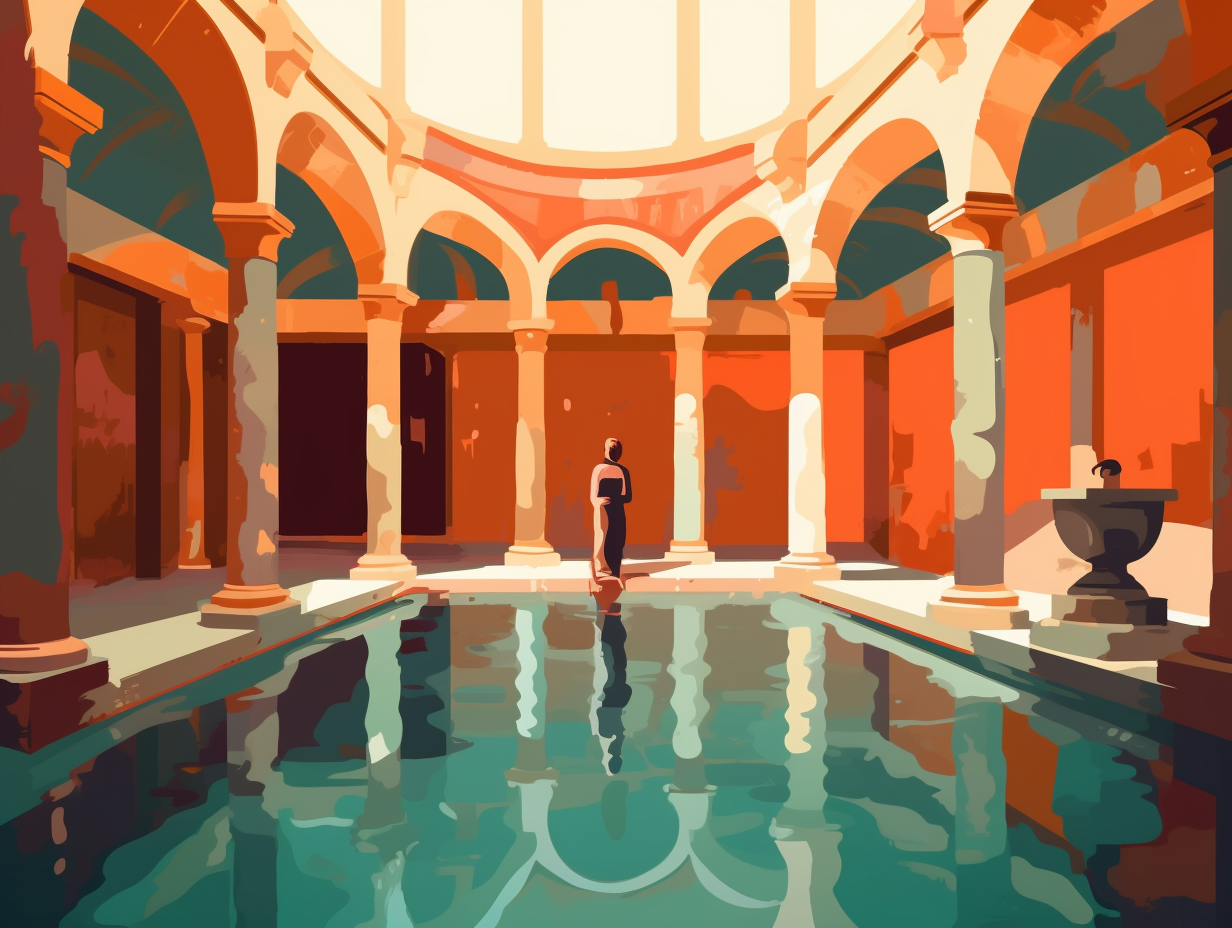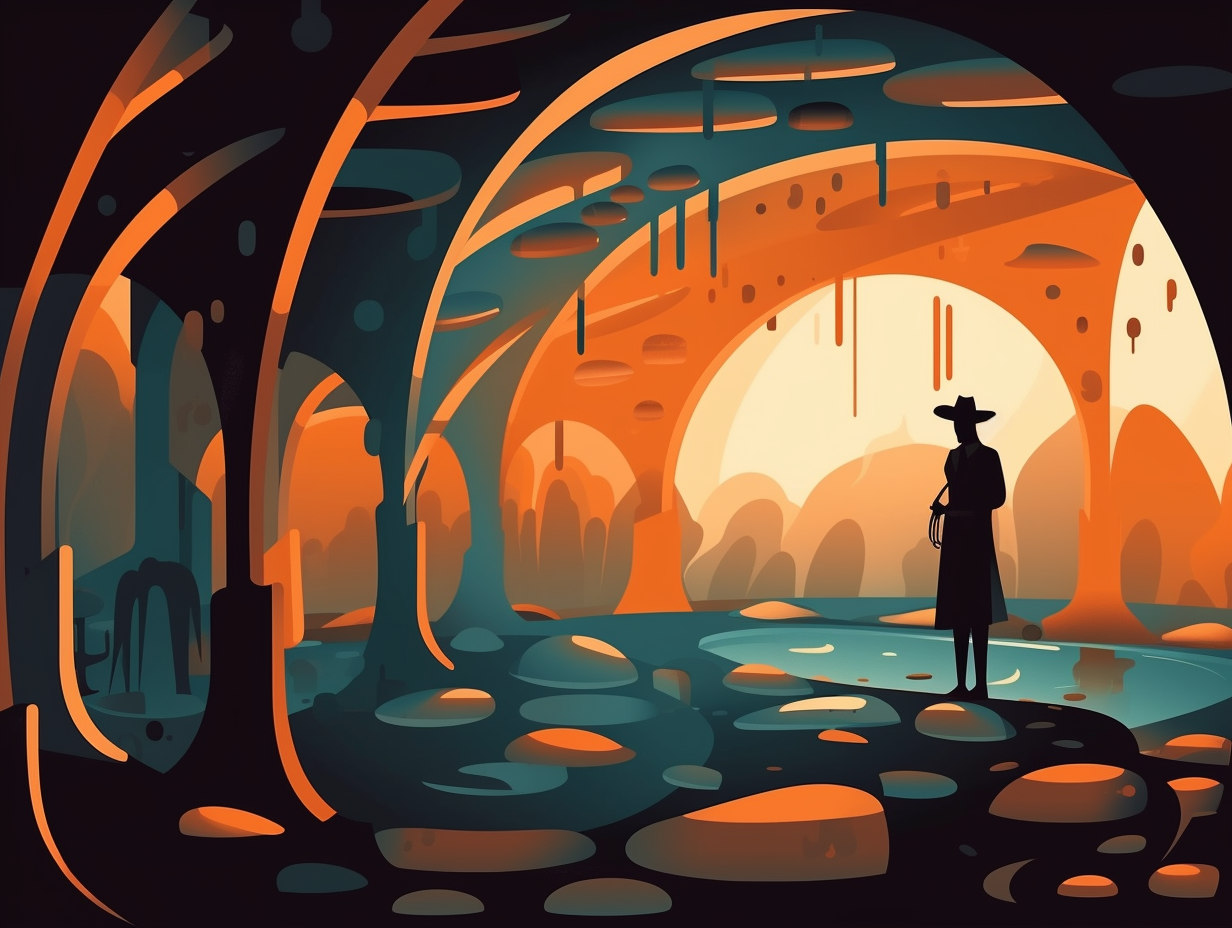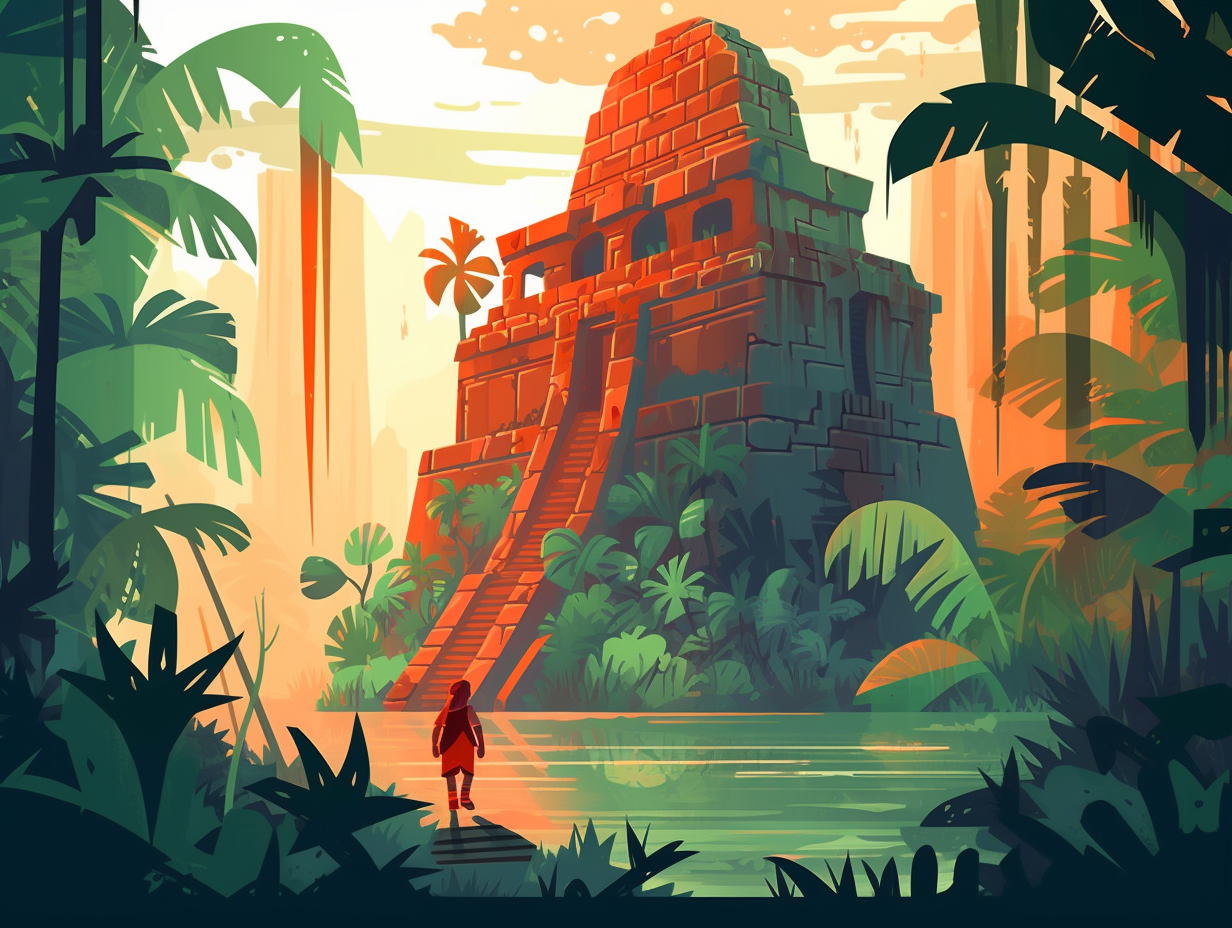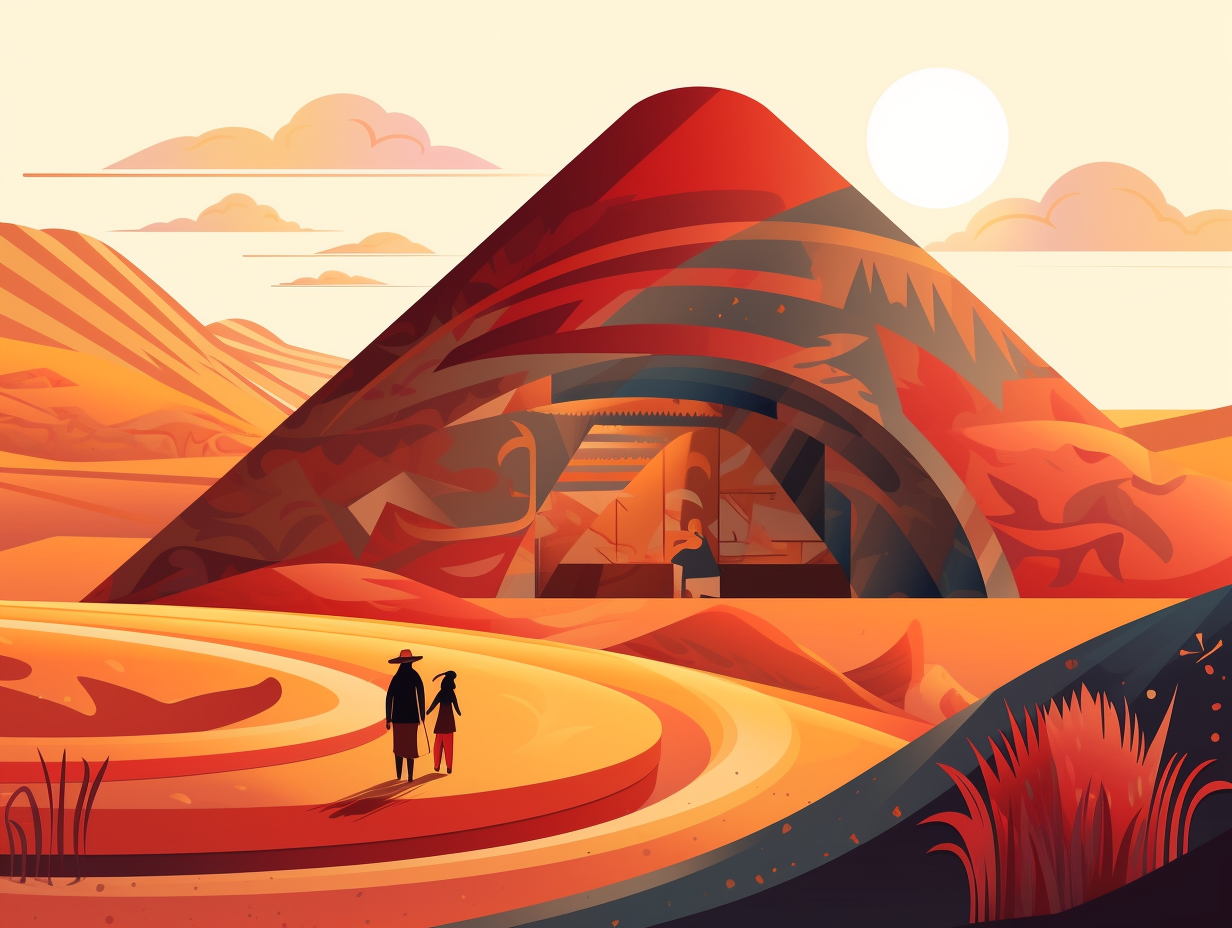Discover the Top 11 Mind-Blowing Fun Facts About Abu Simbel That You Never Knew!
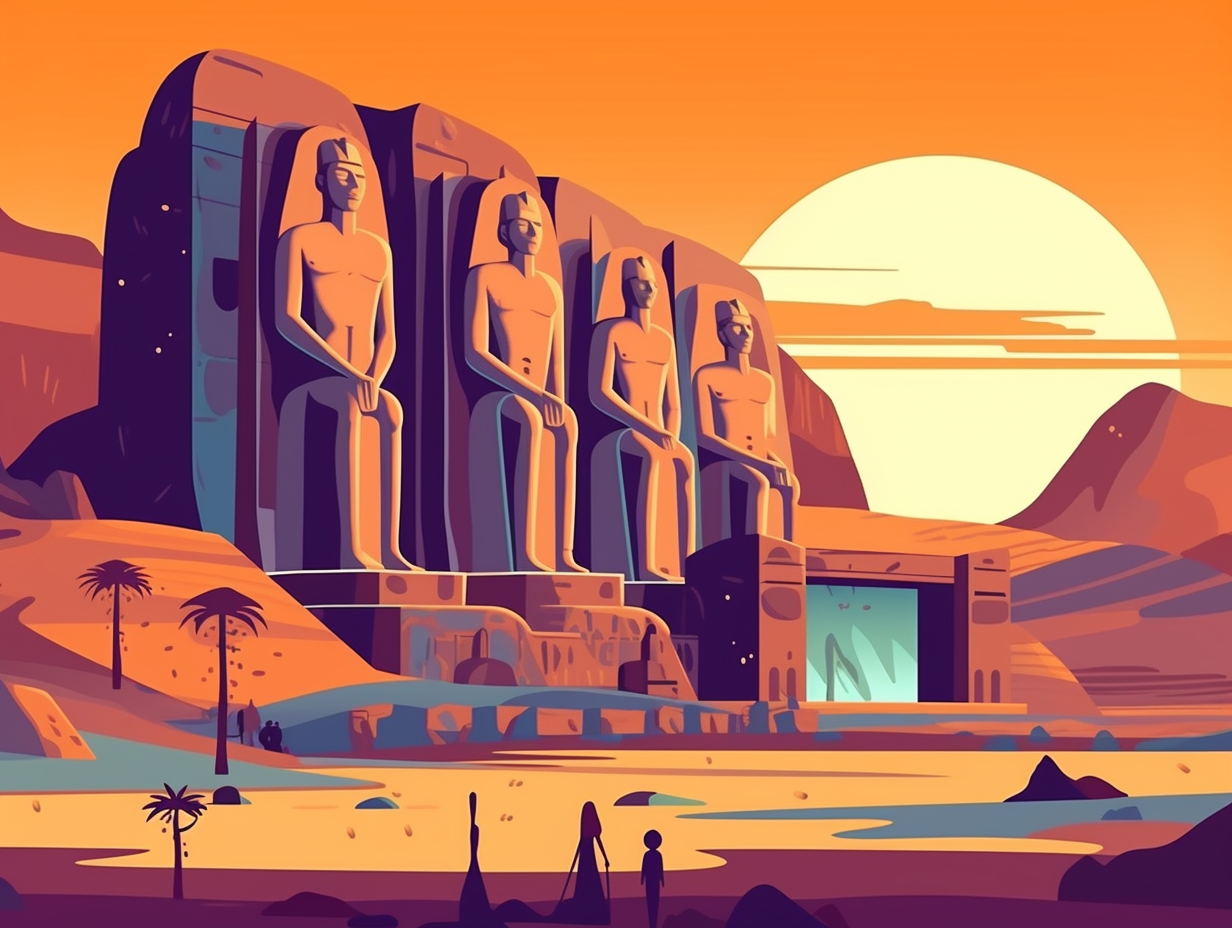
1. Hangover Cure Carved in Stone
Feeling a bit "rocky" after a heavy night of Egyptian partying? Well, Ramesses II had the ultimate hangover cure, carved right into a mountain: Abu Simbel – the ancient architectural Alka-Seltzer! Behold the serious reveal: home to two colossal temples dedicated to Ramesses II and queen Nefertari, this wondrous complex was painstakingly dismantled and relocated to escape the watery fate of being flooded due to the Aswan High Dam construction in the 1960s, saving millennia-old reliefs of epically monumental proportions.
Source => livescience.com
2. Sunbathing Gods
Who says sunbathing is just for beach bums? Even ancient Egyptian gods can't resist catching some rays twice a year: During sunrise on February 22 and October 22, sunlight perfectly aligns with the entrance of Abu Simbel's Temple of Ramses II, illuminating statues of Amun-Re, Re-Horakhty, and Ramses II, while leaving the god Ptah in the dark – forever preserving his night owl status.
Source => archaeologicalpaths.com

Did you know that Tutankhamun's tomb in the Valley of the Kings was found completely intact with all its treasures? Discover how this minor pharaoh became a major sensation! 🏺💎👑
=> Fun Facts about The-Valley-Of-The-Kings
3. Sun-Kissed Royal
Talk about being the ultimate sun-kissed royal: Twice a year at Abu Simbel temple in Egypt, the sun gods Re-Horakhte and Amon-Re, along with King Ramses II himself, get to bask in the sun's rays while the god Ptah remains in the shade. This solar event, occurring on February 22 and October 22, results from ancient architects' extraordinary precision, allowing sunlight to travel 60 meters through a narrow opening and illuminate specific statues within the temple.
Source => blueskygroup.net
4. Solar-Powered Rave
Who says ancient Egyptians didn't know how to party like it's 1250 BC? Twice a year, when the sun's rays boogie down into the depths of Abu Simbel, the gods come alive and we have the ultimate solar-powered rave: On February 22nd and October 22nd during the Abu Simbel Sun Festival, the sun illuminates the inner sanctum of the Great Temple, commissioned by King Ramses II, featuring four colossal statues of the king at a towering 20 meters tall. In a true testament to our everlasting admiration for disco balls, the temple was even relocated to avoid destruction from the rising Nile and Lake Nasser after the construction of the Aswan High Dam.
Source => osiristours.com
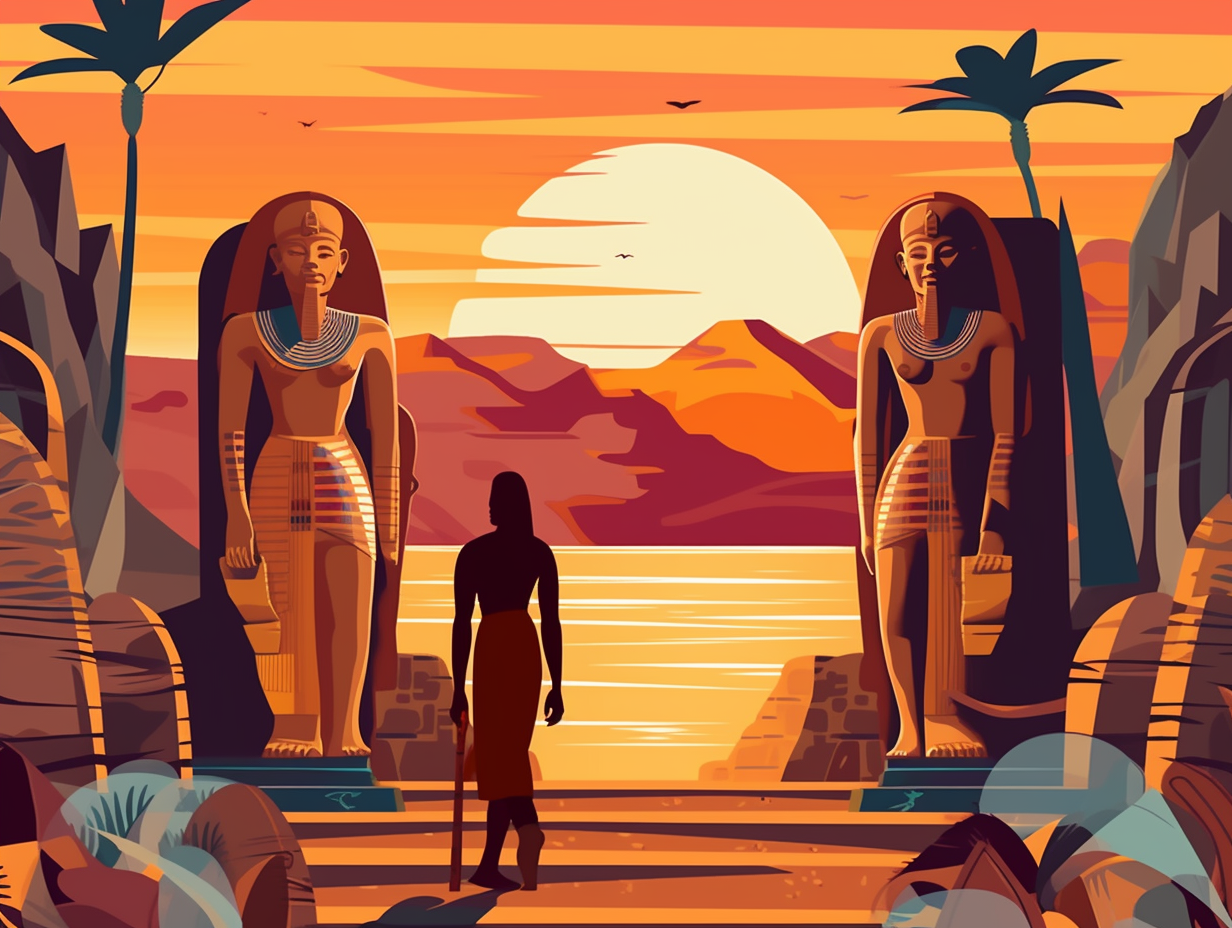
5. UNESCO Plays LEGO
You know that popular childhood game of breaking apart structures and rebuilding them elsewhere, better known as LEGO? Well, UNESCO played it, only with a pair of ancient Egyptian temples! Behold the great Abu Simbel remix: In 1968, these magnificent temples were carefully disassembled and relocated to a higher ground to escape flooding by Lake Nasser, thanks to the expert collaboration of engineers and workers, giving a whole new meaning to "temple run."
Source => theworldtravelguy.com
6. Temple Extreme Makeover
In a scene straight out of ancient Egypt's version of "Extreme Makeover: Temple Edition," Ramesses II struck a pose while his colossal crib was given a monumental lift: The Abu Simbel temples were relocated in the 1960s in an impressive undertaking that took four years and $40 million, with the complex painstakingly cut into massive blocks, moved 65 meters higher and 200 meters back from the river, and then reassembled to avoid a watery fate in Lake Nasser, thanks to a skilled team of global archaeologists, engineers, and heavy equipment operators.
Source => en.wikipedia.org
7. Headless Pharaoh
They say a headless horseman is scary, but what about a headless Pharaoh? How moving indeed: Abu Simbel was entirely relocated – colossal statues, severed-head and all – 200 feet higher to avoid being swallowed by Lake Nasser, following the construction of the Aswan High Dam. The ambitious project astonishingly preserved the original arrangement, allowing us to continue admiring this ancient marvel from a safer height.
Source => thenotsoinnocentsabroad.com
8. Ancient Fashion Trendsetter
Next time your favorite superhero strikes a pose in New York, consider this – ancient Egypt was way ahead on the trendsetting front: Unlike the caped crusaders of the modern world, Ramses II at Abu Simbel chose to flaunt his majestic headdresses and fancy jewelry instead of a cape, making a fashion statement while ruling his kingdom.
Source => study.com
9. Exclusive Sunlight Dinner Party
If sunlight were an esteemed dinner guest, the temples of Abu Simbel would be the ones sending out the most exclusive RSVPs: On February 22nd and October 22nd, the sun's rays play bouncer and only allow entry to light up three of the four statues in the inner sanctuary, representing Pharaoh Ramesses II's divine power, all as a result of a masterful three-thousand-year-old architectural and astronomical design!
Source => introducingegypt.com
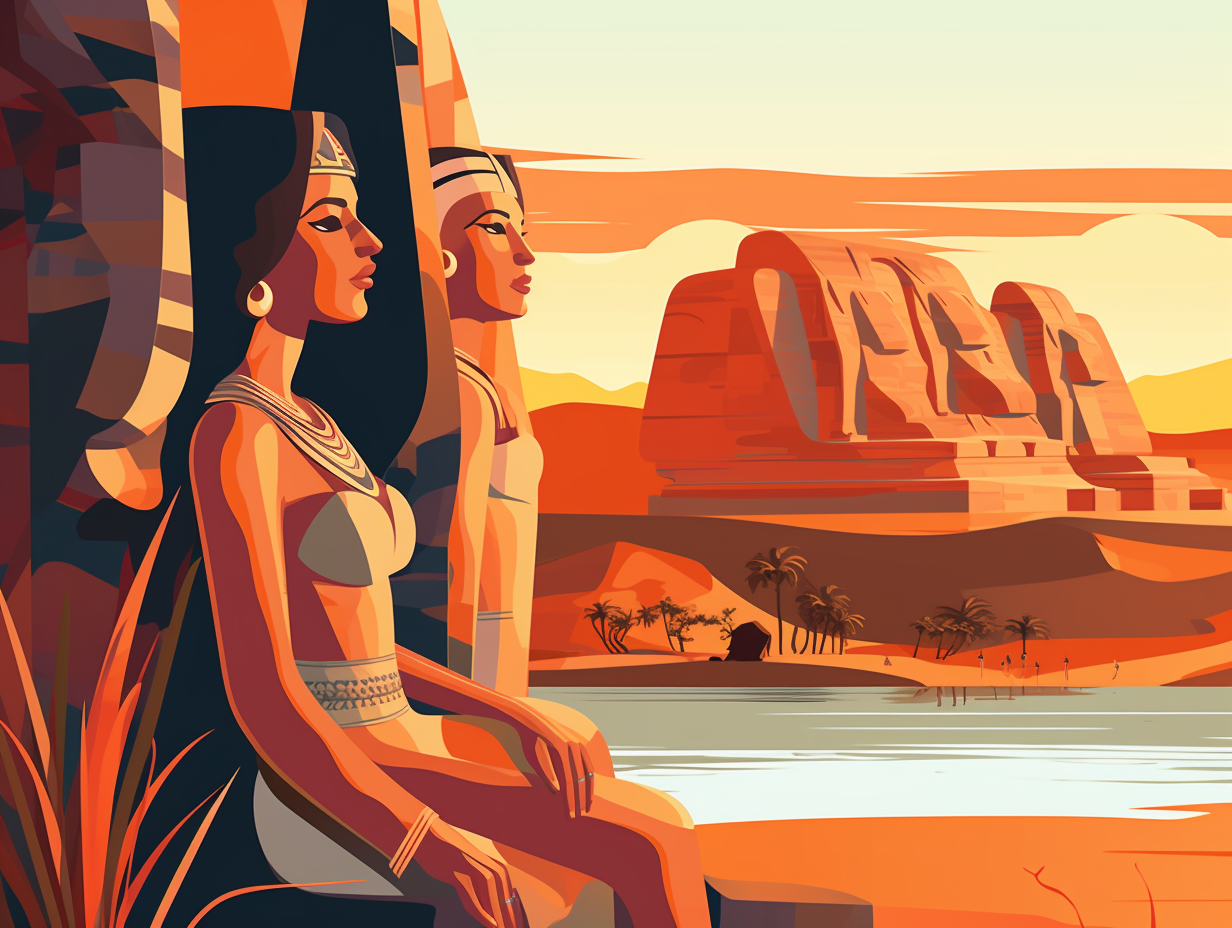
10. Musical Chairs for Temples
When ancient structures play musical chairs: Abu Simbel was once on the brink of destruction, but in the 1960s, it was saved by a masterful engineering waltz that dismantled and rebuilt the temple complex on a higher hill, involving 3,000 workers, taking nearly five years, and costing around $42 million in 1960s money.
Source => livescience.com
11. Egypt's Larger-Than-Life Celebrities
Move over, Kardashians: ancient Egypt had its own larger-than-life celebrities - literally! The Great Temple of Ramses II at Abu Simbel features 20-meter-tall statues of the pharaoh, flanked by his household and the gods, making these the largest human figures ever carved in ancient Egypt.
Source => discoverwalks.com
Related Fun Facts

